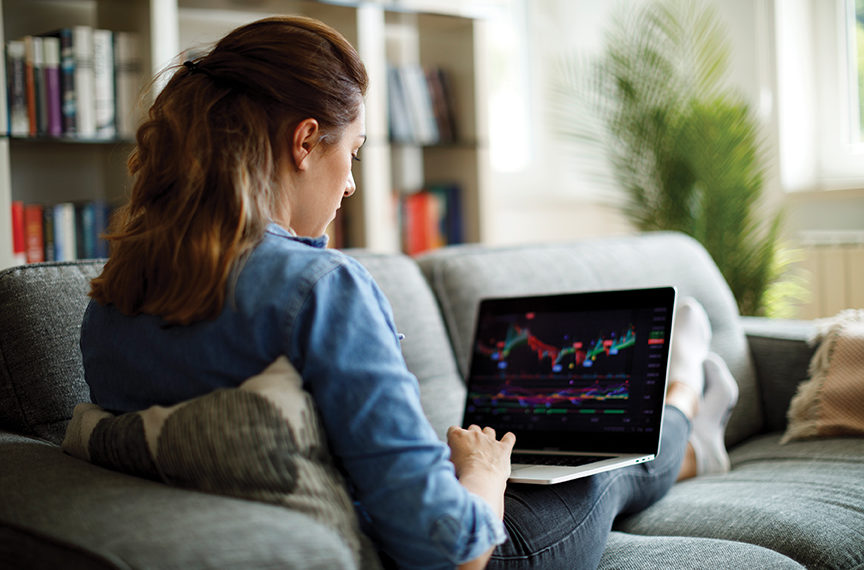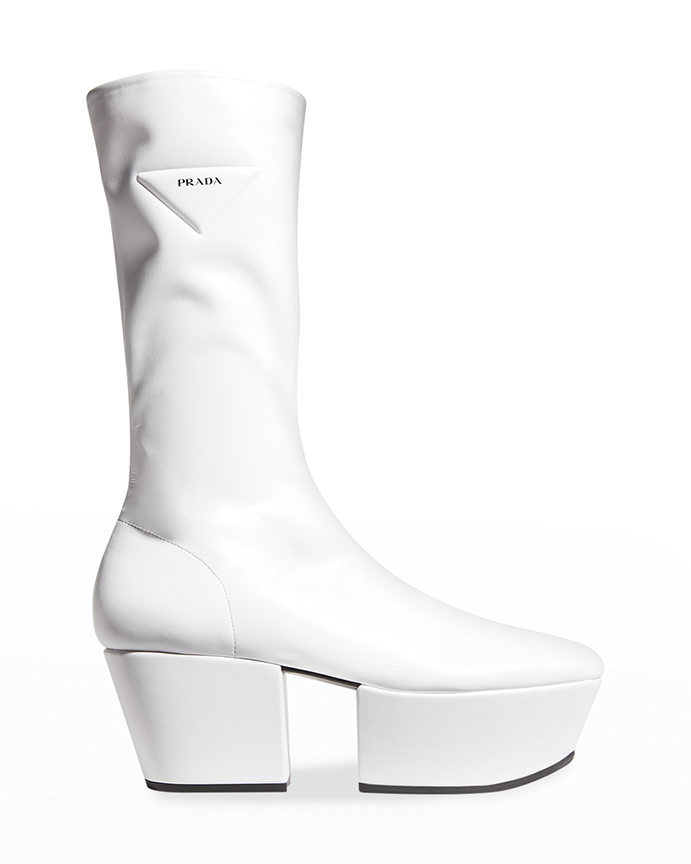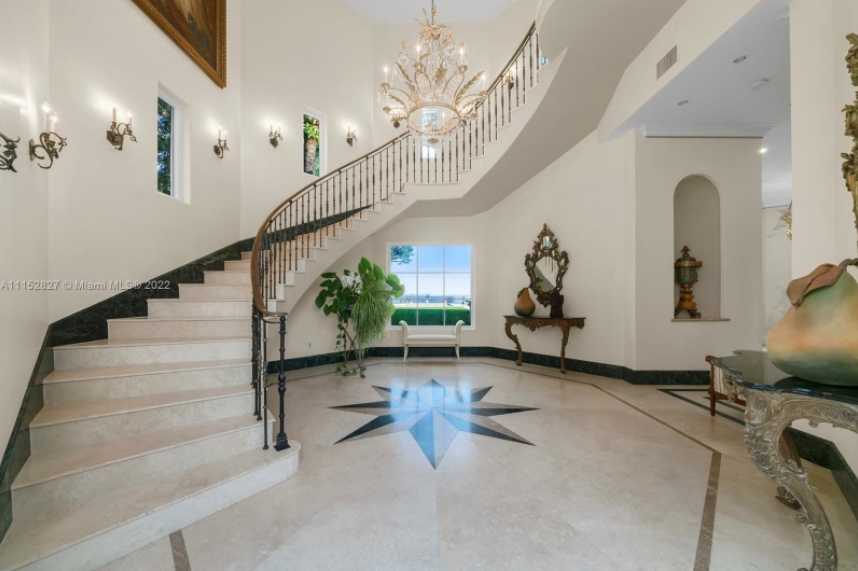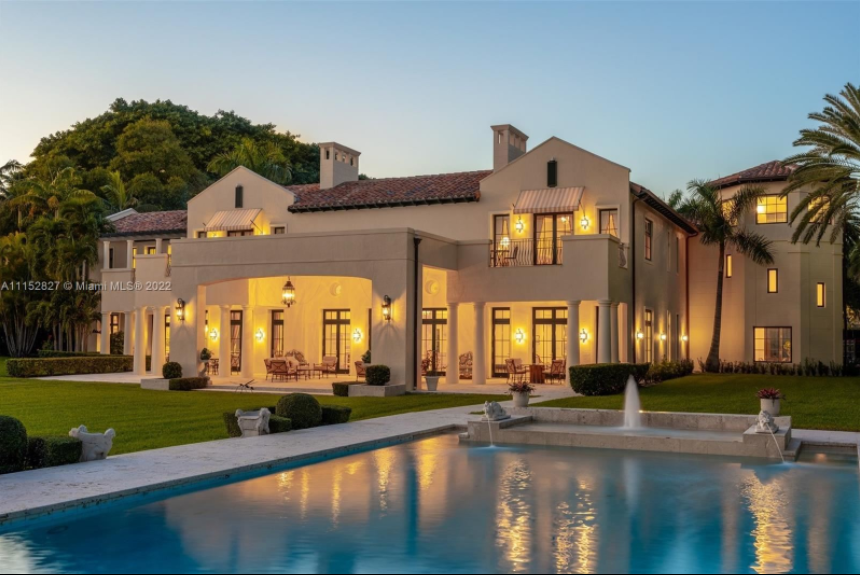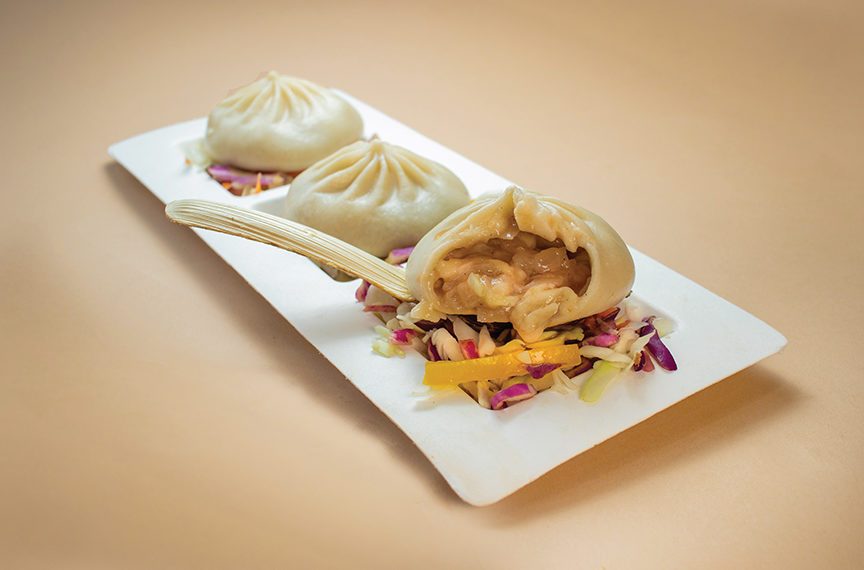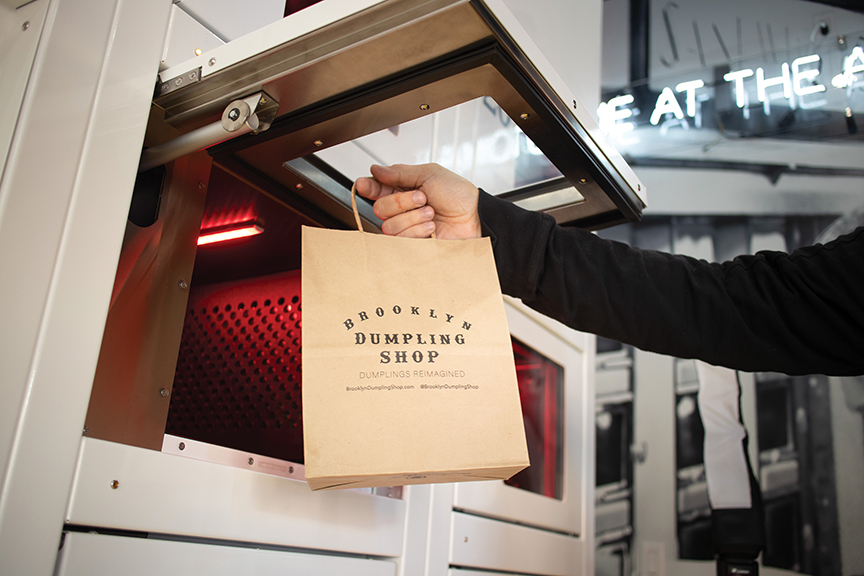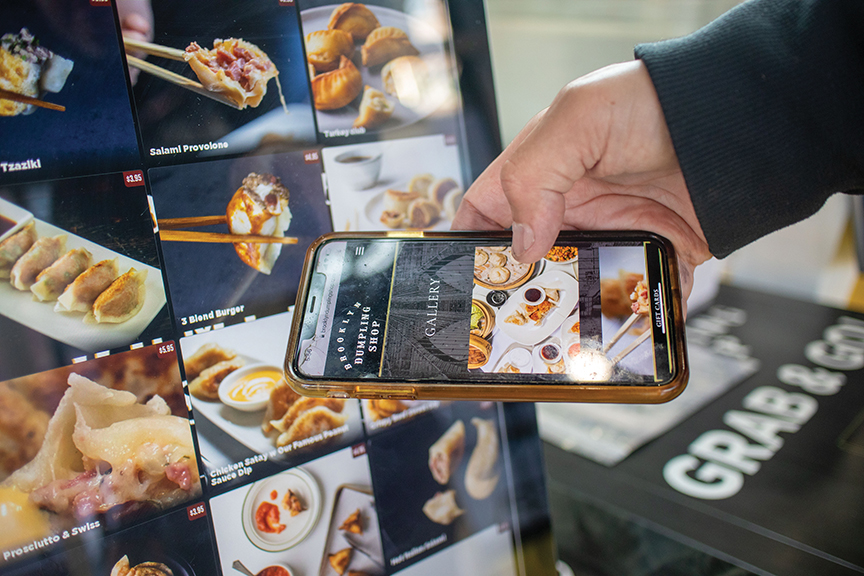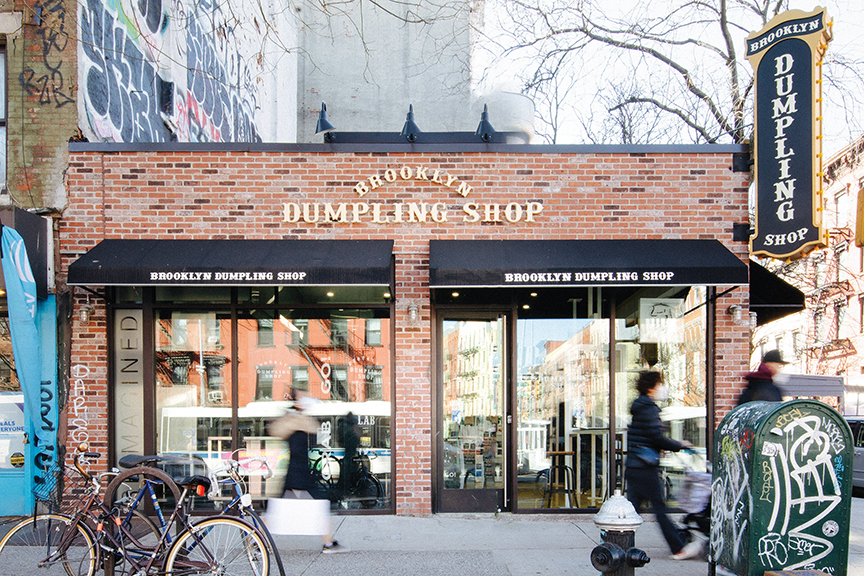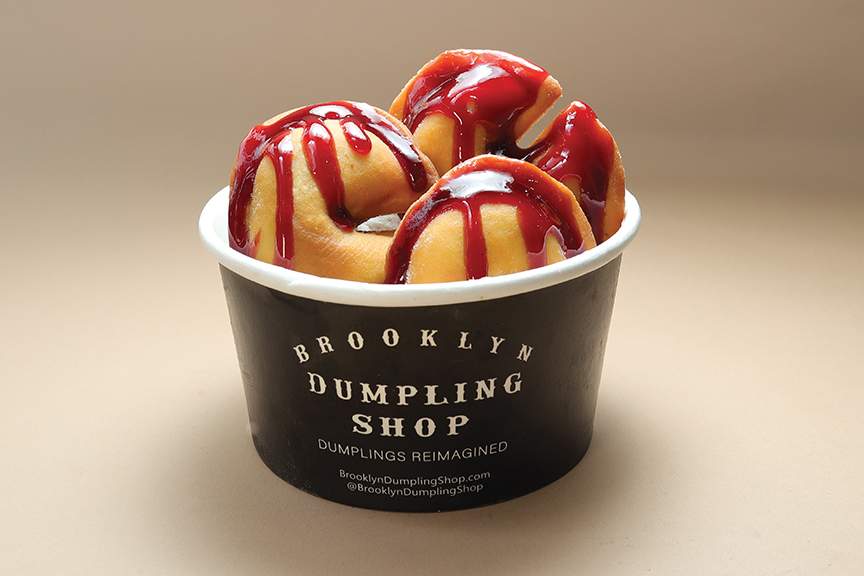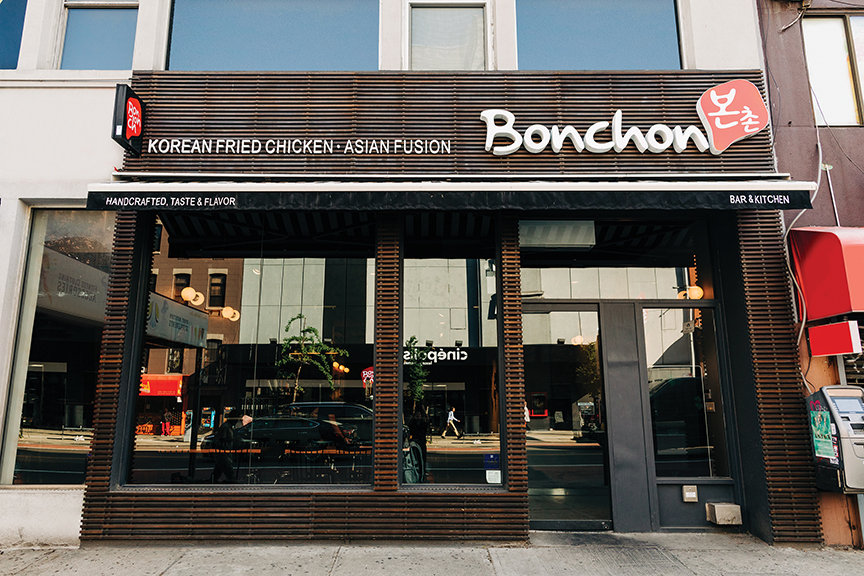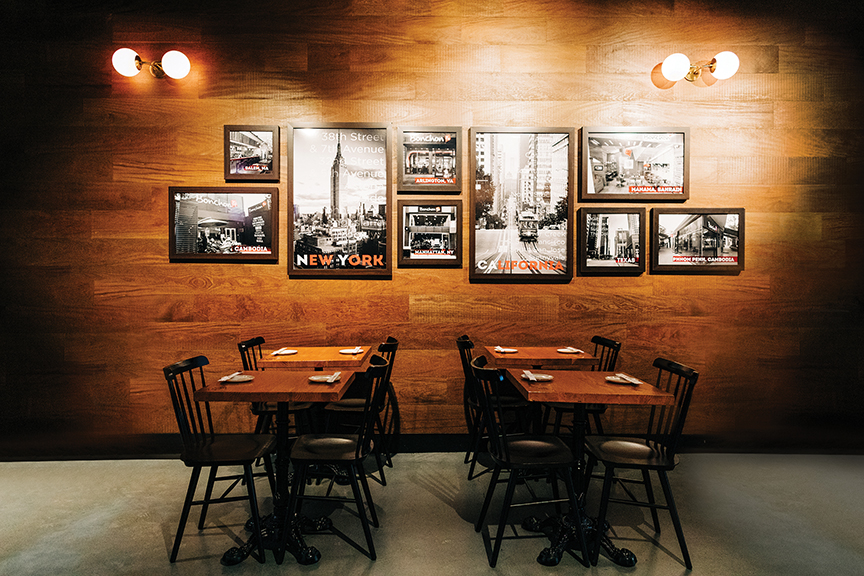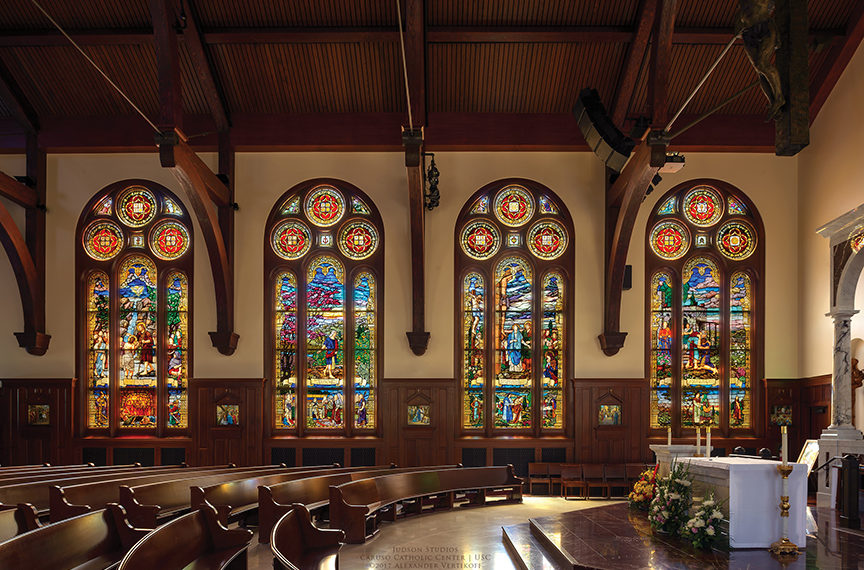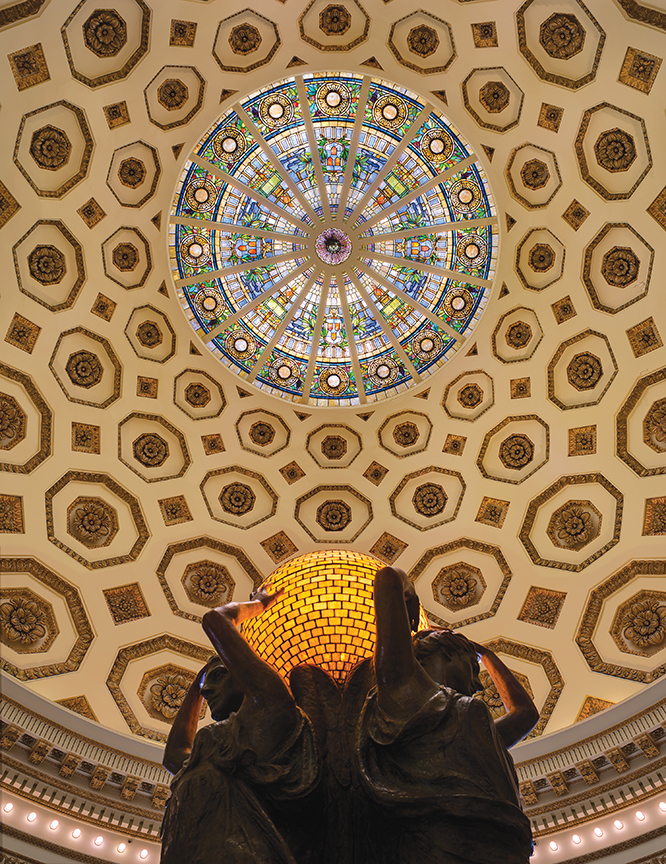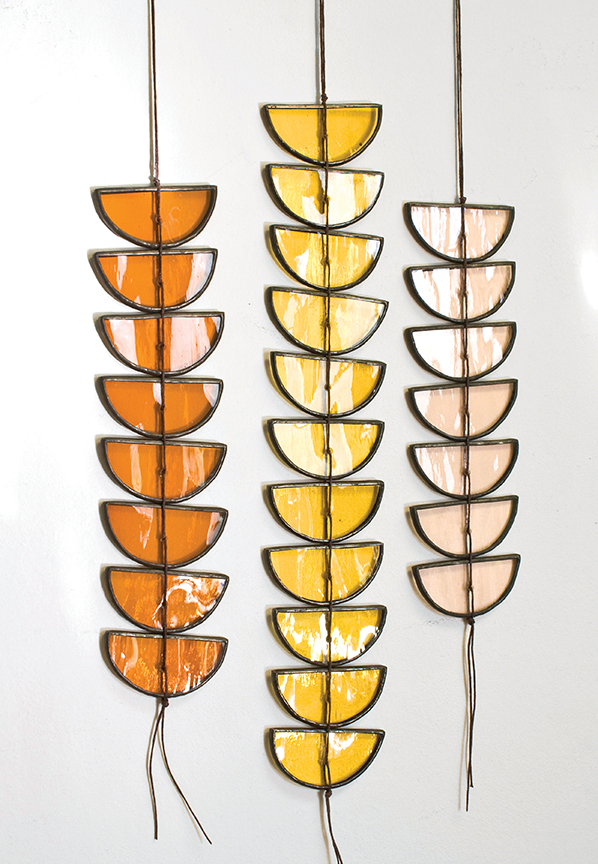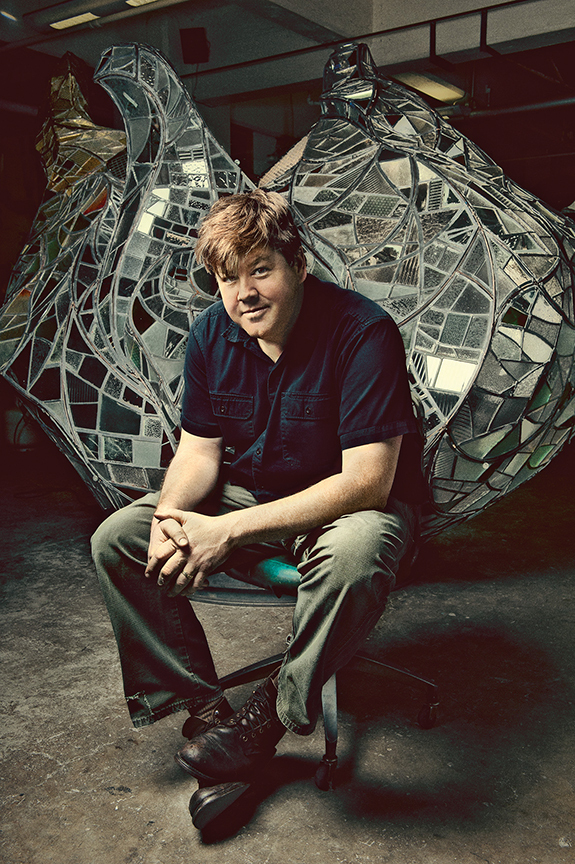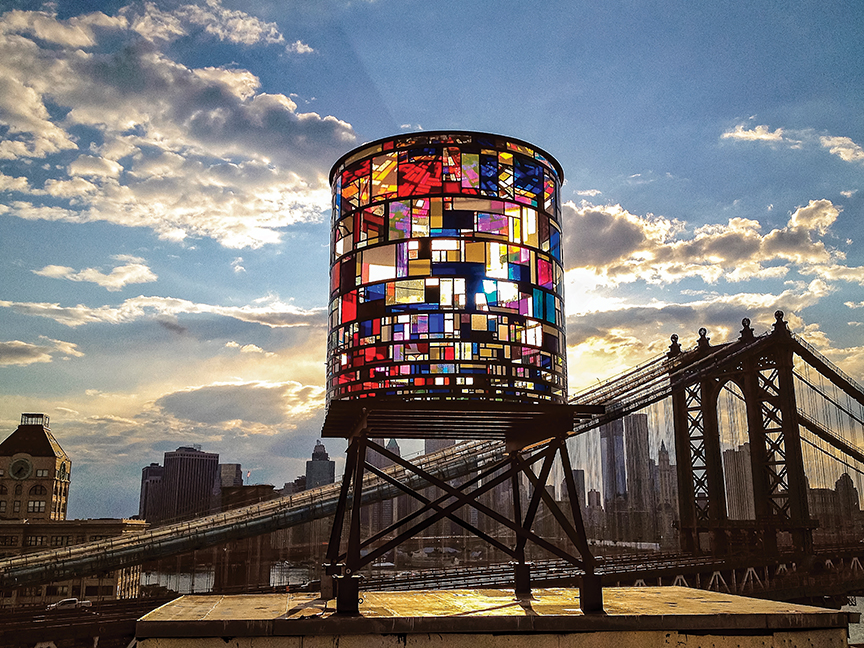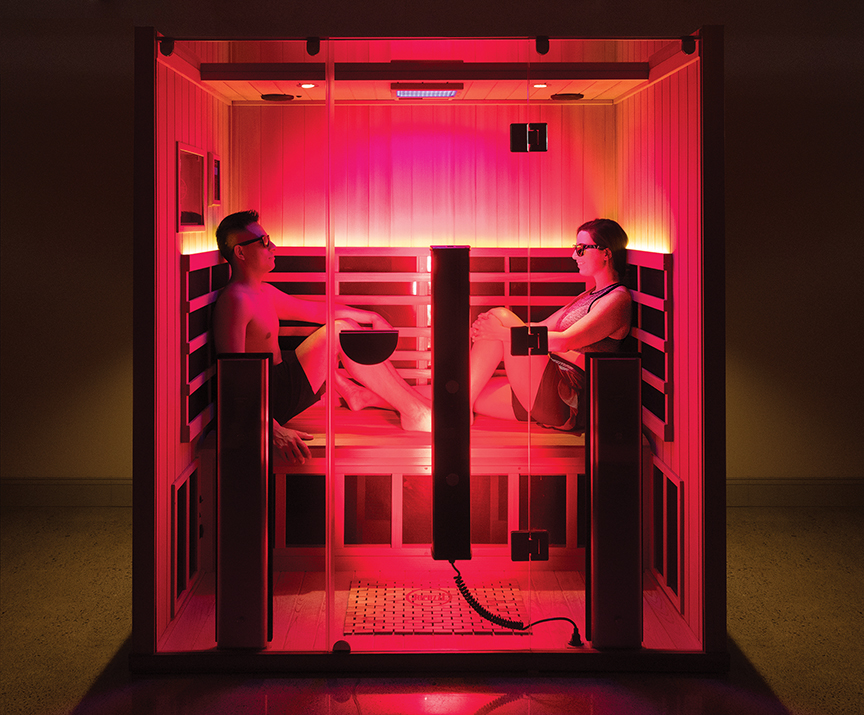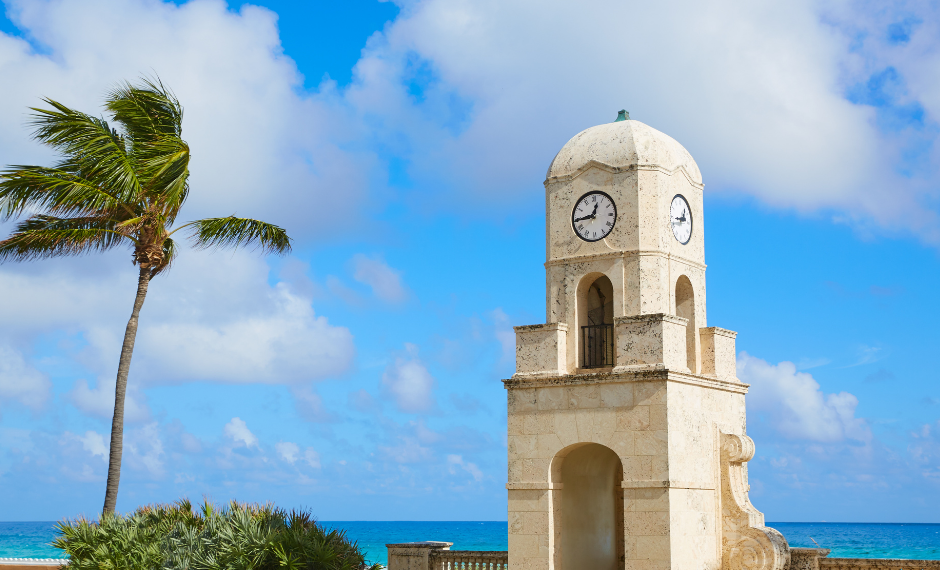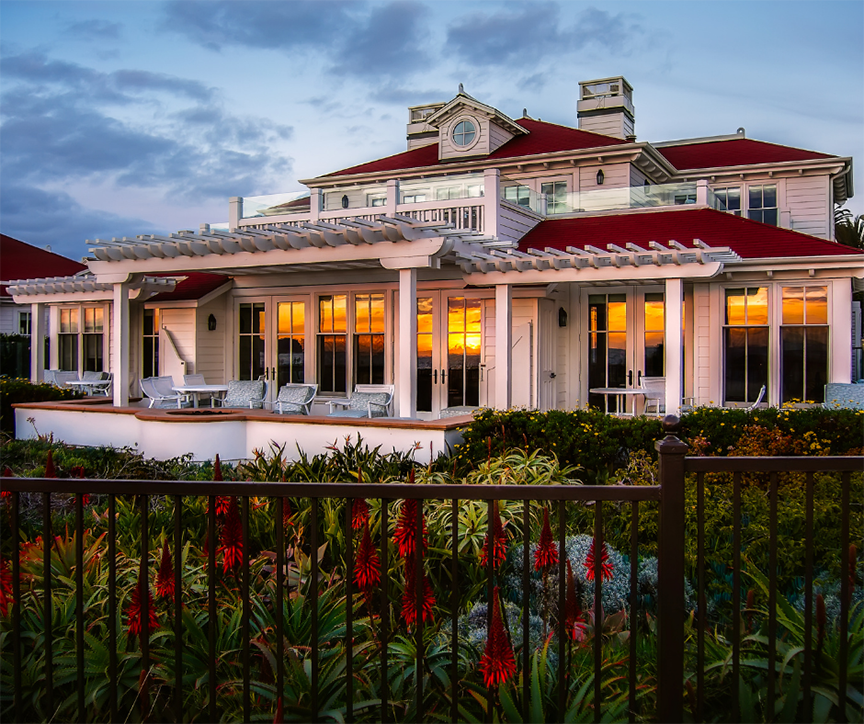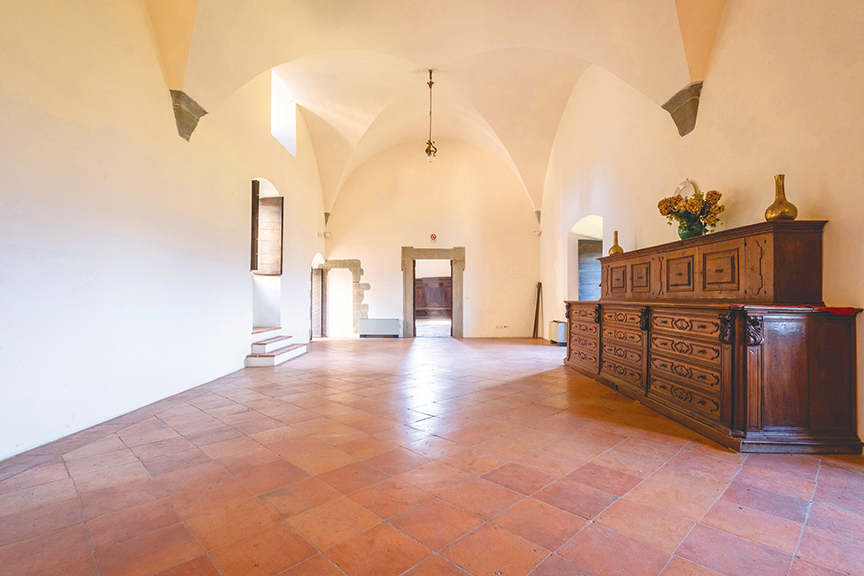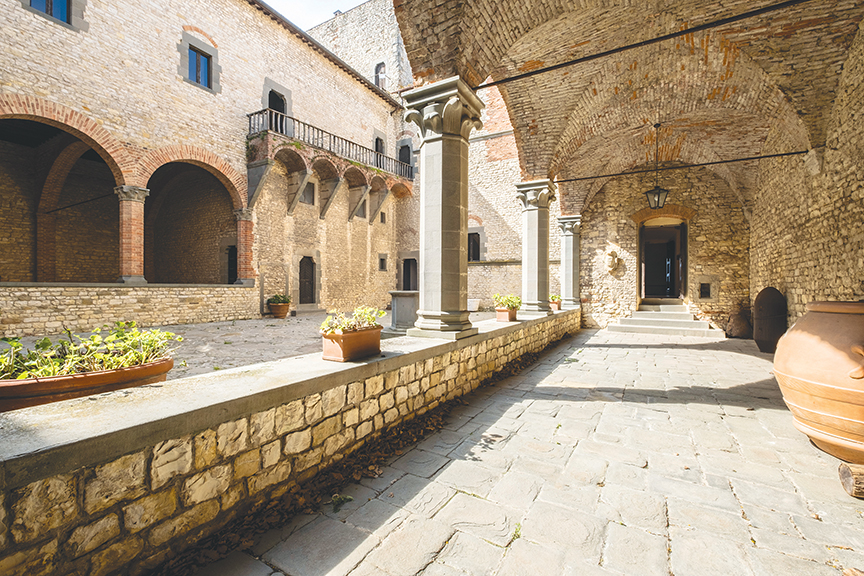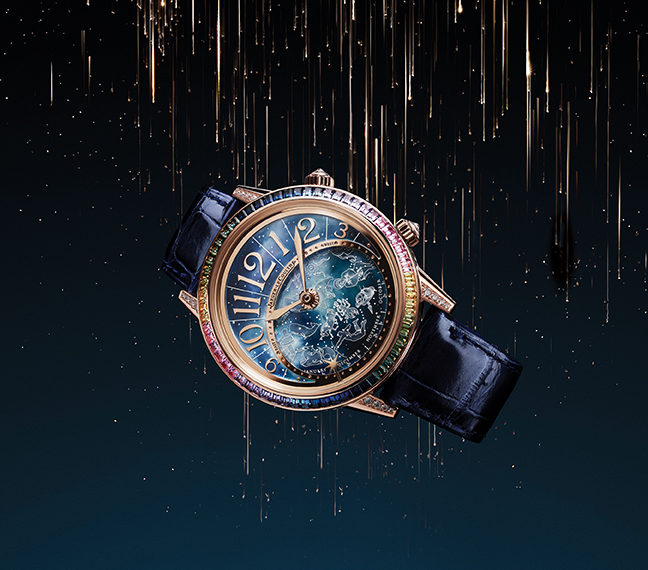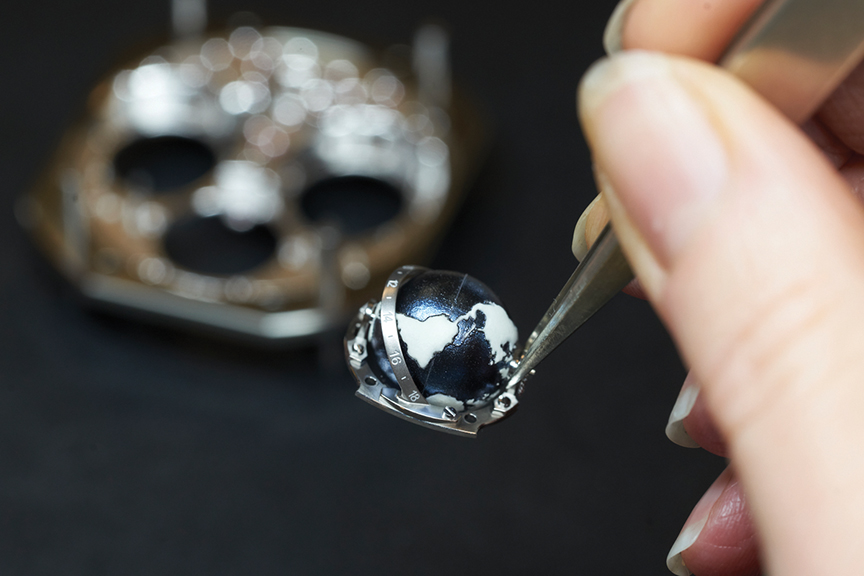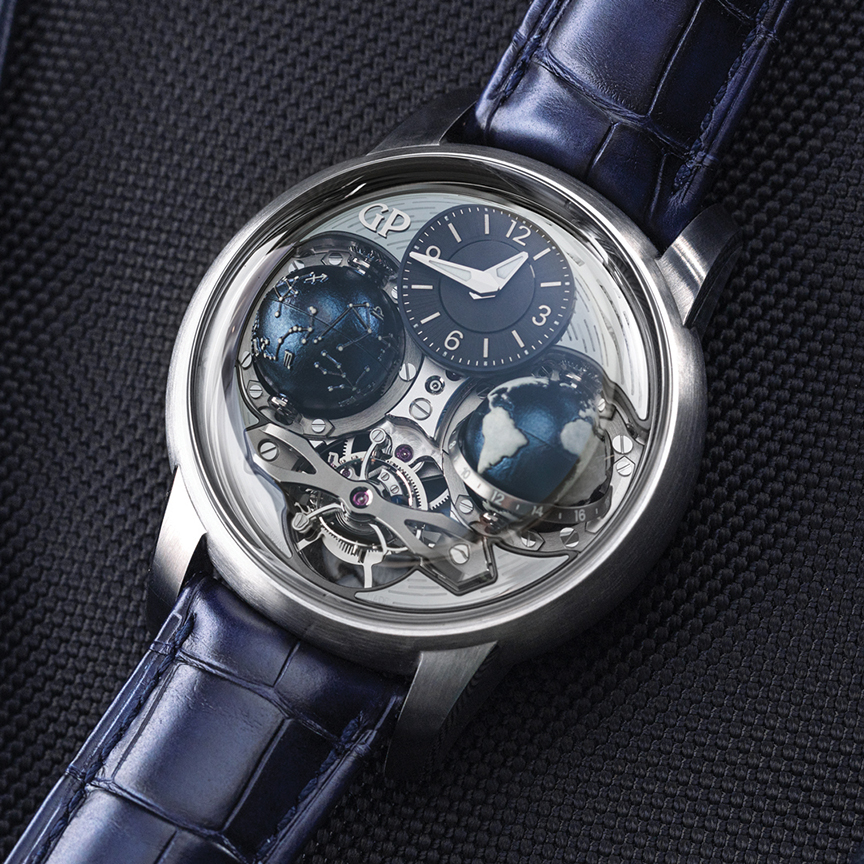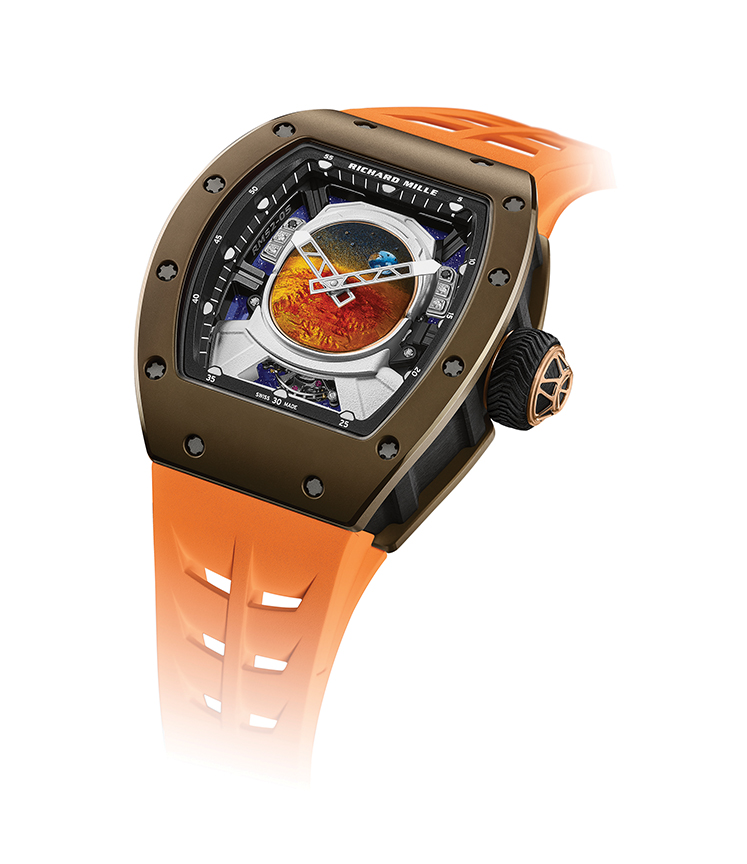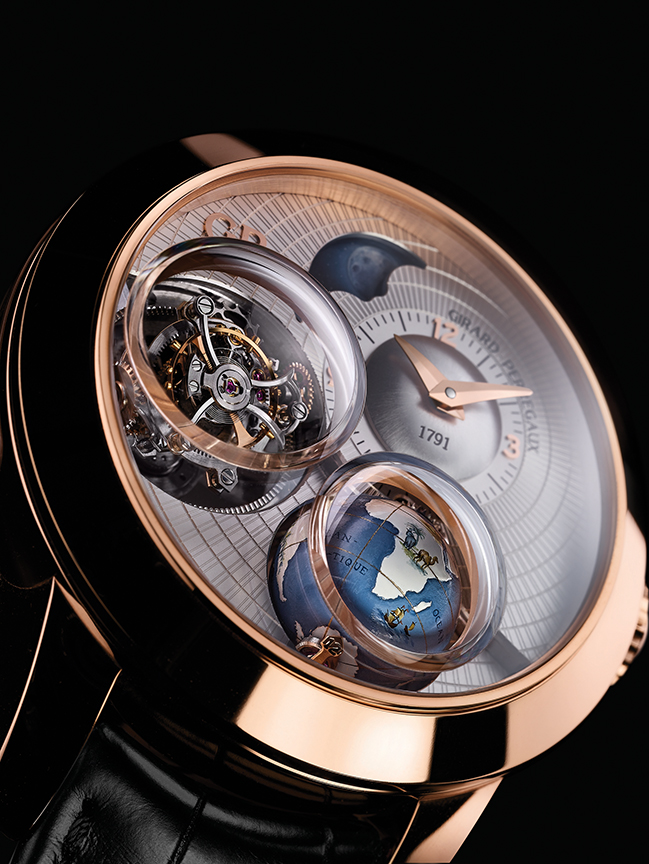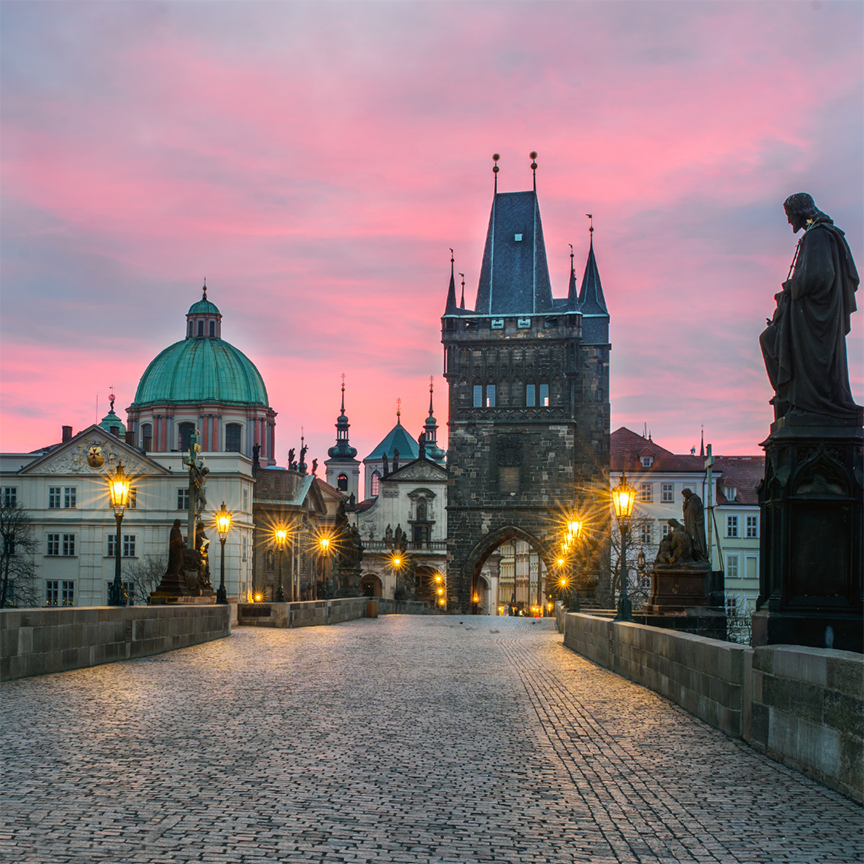By Roger Grody
The democratization of Wall Street through disruptive platforms like Block and Robinhood has made it easier for people with relatively modest means to pursue opportunities previously limited to blue-blooded clients of esteemed financial institutions. In addition to stocks, bonds and options, small investors can now participate in creative startups before they are ever listed on major exchanges. In fact, with a few clicks of a mouse, anyone can be a so-called “angel investor.”
Most viewers of Shark Tank, the ABC show on which celebrity investors buy into nascent companies created by cash-strapped entrepreneurs, have dreamed of having such access to talent. Now those opportunities are available through StartEngine, promoted by one of the Sharks himself, Kevin O’Leary, who serves as the firm’s strategic advisor. On StartEngine, one can invest in fledgling companies whose products range from ultra premium spirits to drones, fintech to cosmetics.
StartEngine celebrates investment paths for the “little guys” who have no access to the initial public offerings (IPOs) reserved for VIP clients of prestigious Wall Street firms. On this platform, a mere $100 can purchase a piece of a promising new enterprise that might someday be a household name. “At StartEngine, our mission is to help entrepreneurs achieve their dreams, and we’re doing that by democratizing access to capital,” states StartEngine co-founder and CEO Howard Marks, who suggests that when companies have a close connection to an excited fan base, they have greater success in raising capital and maintaining commitments to those fans-turned-investors.
Republic is a multifaceted firm best known for its investments and advisory services in cryptocurrency and digital enterprises, including the recently launched Republic Realm, a metaverse real estate portfolio. But real-world businesses are also prominently featured, and among current listings are upscale artisanal confectioner Sugarfina, Congreso Park condominiums in Mexico City, and Kaiyō, a trendy rooftop restaurant in San Francisco. Republic’s Cityfunds allow retail investors to participate in hot real estate markets like Austin or Miami.
Opportunities listed on the Republic website are thoroughly vetted, with only 2% of companies seeking participation accepted, and Republic itself is a co-investor in all of them. At any time, 75 to 150 companies are listed on the platform, which claims more than 1.5 million individual users. Chuck Pettid, who heads Republic’s retail division, reports investment opportunities begin at as little as $100 and observes, “People are looking to invest in what they believe in and what they’re familiar with.”
“This is the first time startup investments have been brought to the public in scale and open to virtually anybody, anywhere regardless of wealth,” says Pettid of Republic’s role in democratizing investment opportunities. Approximately 30% of investors are women and 10% are minorities, well above the industry average, while residents of more than 100 countries are represented among Republic’s participants. “I believe retail investors are much more sophisticated than people give them credit for,” insists Pettid.
Wefunder is another platform allowing small investors to participate in promising entrepreneurial enterprises. Opportunities currently listed include Gamestar+, an interactive video game streaming platform, and Arqlite, a company deploying new technologies for plastic recycling. Aptera Motors, which manufactures solar-powered vehicles, raised $2.9 million on the site and CEO Chris Anthony states, “Wefunder has been a great platform to expose our brand to millions.” He adds, “We’ve been able to offer people an opportunity for equity in our company, making them instant brand ambassadors.”
Yet another company offering crowdfunding is SeedInvest, where even novice investors can create an entire portfolio of emerging brands, while Yieldstreet provides investment opportunities previously available only to an elite clientele. “Yieldstreet is a pioneer in providing retail investors with access to alternative investments to help them build a modern portfolio beyond traditional stocks and bonds,” explains company founder and CEO Milind Mehere. He adds, “Its award-winning technology platform provides access to investment products across a range of asset classes such as real estate, commercial or consumer credit and fine art.”


